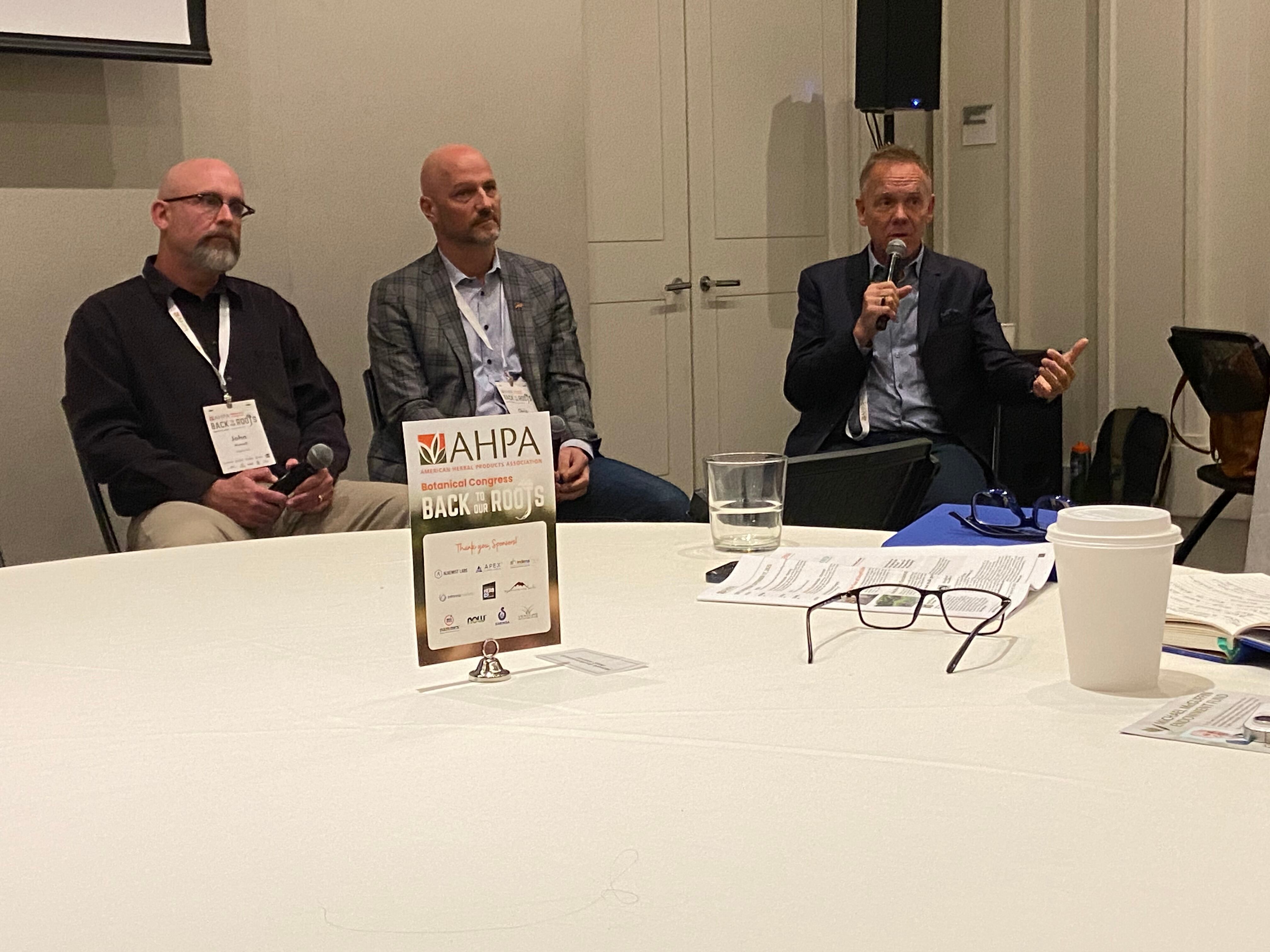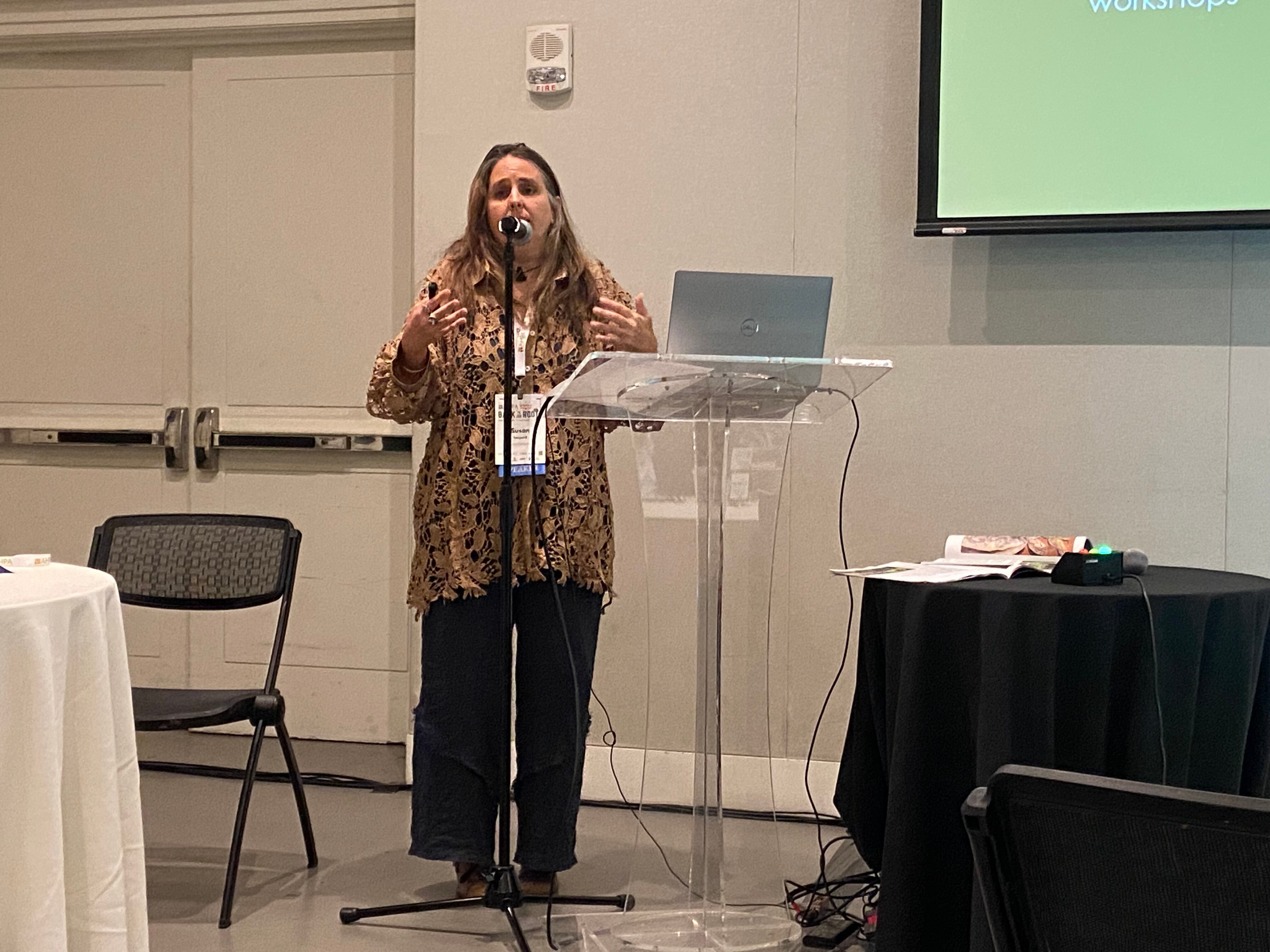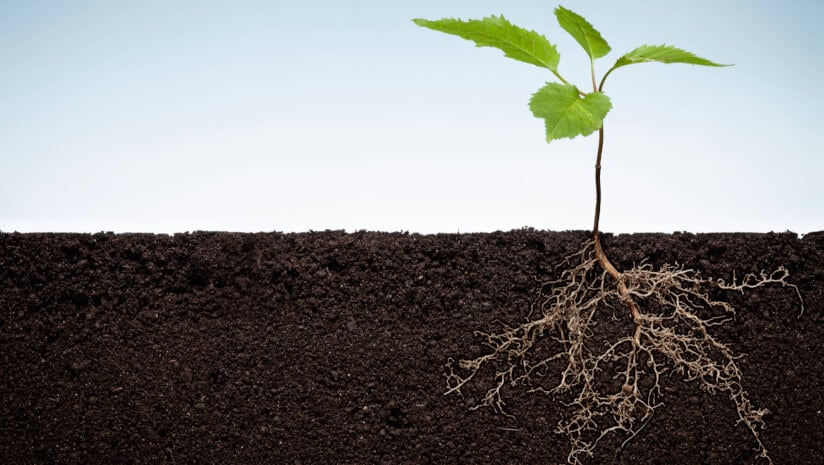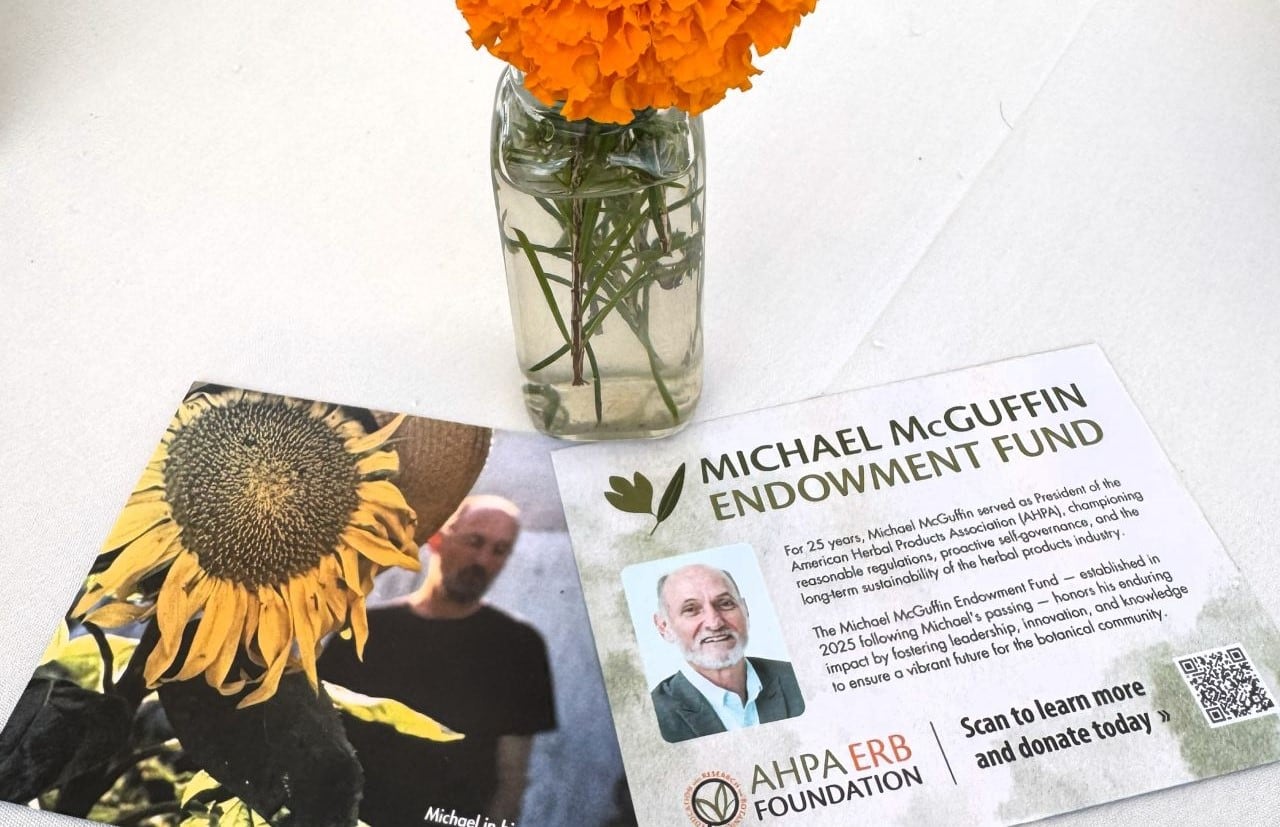Held in Cincinnati Sept. 16 to 17, participants in the congress tackled topics like wildcrafting, tariffs and artificial intelligence under the theme ‘Back to Our Roots’.
At the start, Graham Rigby, president and CEO at AHPA, highlighted the global importance of the organization, as its officials met last week in Washington D.C. with India’s minister of commerce to discuss trade issues.
Dr. Cara Welch, PhD, director at Office of Dietary Supplement Program (ODSP) at the U.S. Food and Drug Administration opened the event, discussed changes to self-affirmed GRAS, the use of third-party audit data and the support her organization has received from the Department of Health and Human Services. Dr. Welch also discussed FDA supplement facility inspections, which she said dropped during the COVID-19 pandemic.
“Our investigators are out there working hard on inspections,” she said. “You can see there were a couple of years that dropped, obviously coinciding with COVID, but we have really regained and gotten back up to what I suspect is probably about the maximum number of inspections that we can do in a year.”
That number hovers around 500 to 600, she added.
Back to the future
ODSP is also working toward using new technological tools, Dr. Welch told attendees. This includes ELSA, a large language model that is safe for FDA use because it gathers information from the agency’s libraries. Dr. Welch said she would like to extend AI capabilities to other avenues in the dietary supplement space.
“Is there a way to use some sort of large language model to build a database of dietary supplements on the market?” she said. “There’s a lot of information out there in the public sphere. Can we sort of go about this just pulling from the publicly available information and again [and create a] useful database, useful information for us? I think this is work that we’ll have to see if we can get done, but that’s sort of my vision here.”
A vision for using and discussing artificial intelligence is also on the AHPA agenda. Rigby announced that Asa Waldstein, principal at Supplement Advisory Group, will head up the organization’s AI committee. This announcement came right before presentations at the congress on AI’s possible influence on the herb trade.

During his talk, Timothy Childs, founder and CEO of Nutri8, who has built AI systems for the U.S. space shuttle program and has a long history of using artificial intelligence to optimize systems, shared how he is applying this knowledge to agricultural systems globally to lower the cost of production and reduce the manpower needed for certain tasks.
“There’s a lot of repetitive tasks, even just hauling bins from the fields to loading site,” Childs said. “AI can’t replace it all, but it’s only going to get better and better and better.”
He later showed a video of a life-sized, upright robot that appeared human-like helping with household chores, noting that this technology should be available within the next couple of years and be equivalent to the cost of a car.
In response to the presentation, one audience member said, “I think it’s really important for us as an industry to be careful and thoughtful because we don’t want to replace the human heart-spirit connection to our plants.”
The human element
Dr. John Munsell, PhD, professor and forest management extension specialist at Virginia Tech, spoke about the university’s efforts in Appalachia to encourage the wildcrafting trade, encouraging locals to get involved in the industry.
This has been a difficult task, he said, as the illicit drug trade has offered an economic alternative for the region. Families that have long been involved in wildcrafting are also encouraging children and grandchildren to pursue other careers because financial incentives are not available.
“There’s especially a dark, shadowy side in Appalachia around the drug trade, and all the wild harvesters I spoke with were fine with talking about people trading [wildcrafting] routes for meth or, in the past, routes for opiates,” said Ann Armbrecht, director at Sustainable Herbs Initiative.
She discussed the research her organization has conducted into a dozen stakeholders in the global herb trade and how they are putting herbs back in the places where they are sourced to examine the health of these environments, the health of the soil and air, and the quality of production.

Susan Leopold, director of United Plant Savers, talked about how to scale up the capacity to grow root material for farmers cultivating in the forest. Her organization conducted a five-year study and found there was a middle ground between growing in the forest and growing under shade cloth. This included explore the the types of nutrients needed to produce healthy, large, viable roots that can be cultivated and harvested on a three-to-four-year rotation.
Economics
Despite tech changes and hardships among some wildcrafters, the herbal botanical supplement market is experiencing continued growth.
Diane Ray, vice president of strategic innovation at Natural Marketing Institute, said her organization interviews 4,000 U.S. consumers each year for a supplement study and has found significant interest in these supplements from 18-to-29 year olds.
“This is great for your business because once you get them into your franchise, you’ll have them for life,” she said. “That’s good news for the sustainability of the industry overall.”
Dr. Rob Wildman, PhD, senior vice president of R&D and scientific affairs at TCI Co., serves on the AHPA sports and active nutrition committee. He said he estimates that 20% of the ingredients in sports nutrition products are botanicals, offering more stability for the market.
However, stability becomes a complicated topic when U.S. tariffs have challenged the industry.
Nils Mueggenburg, CEO of the Mueggenburg Group, said suppliers have an obligation to keep prices manageable for consumers
“I think as an industry, we have a responsibility to protect the long-term interests of our consumers, to not drive them away, to feed these prices of our products affordable,” he said.
Tariffs are not the only hurdle for suppliers. Real estate prices are also driving away companies that would like to enter the herb trade.
“Warehousing costs are up 80% on average, and you’re paying an immense amount of money just for storage of herbs,” said Wilson Lau, president of Nuherbs. “That creates a very high market entry barrier for new companies, especially for ingredient suppliers, where you don’t have extremely high margins these days.”



